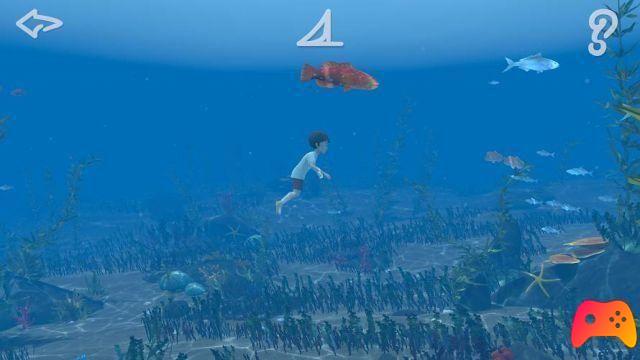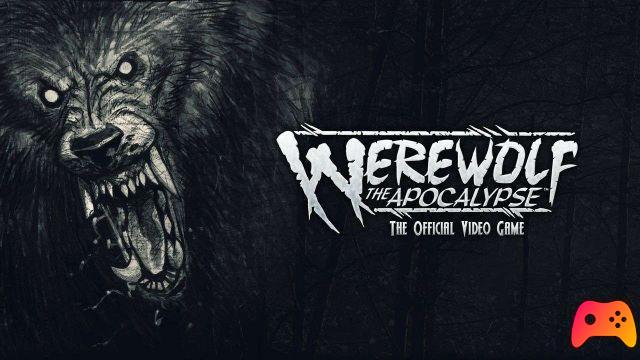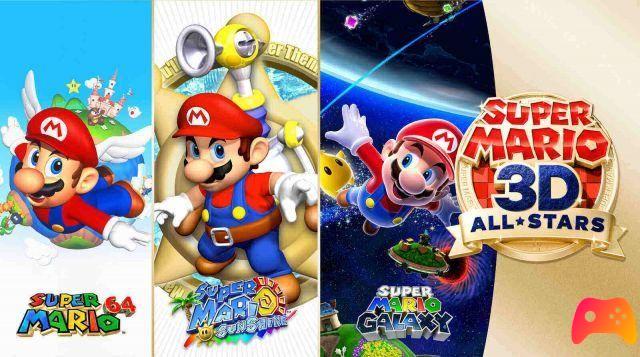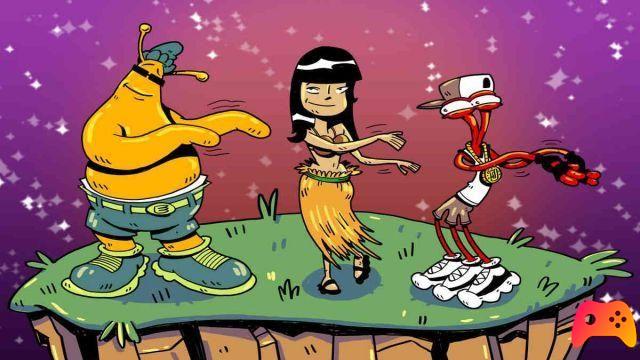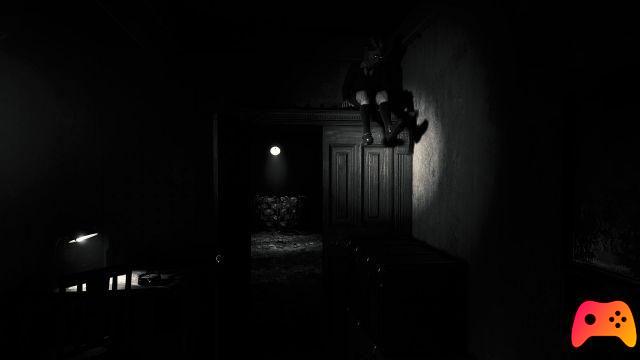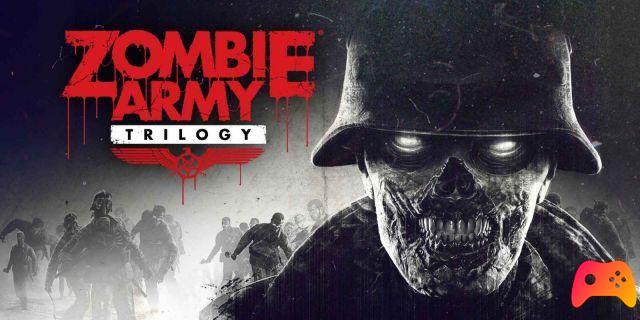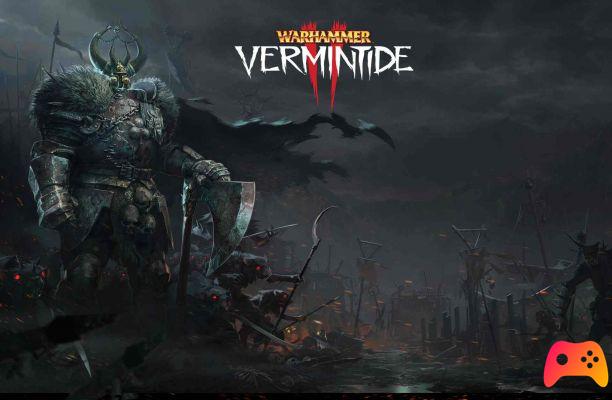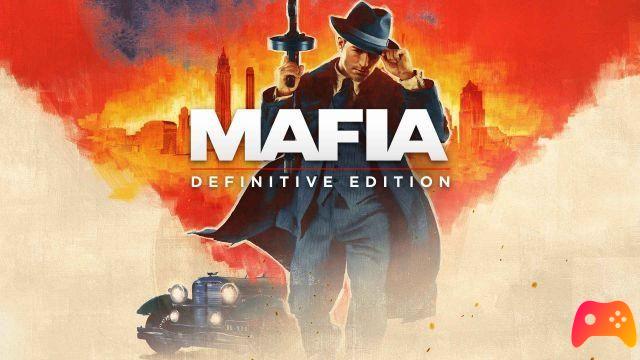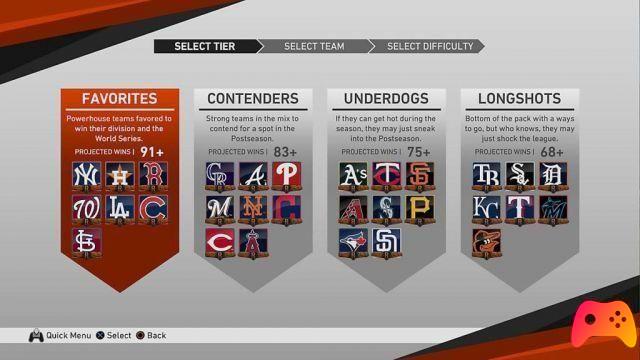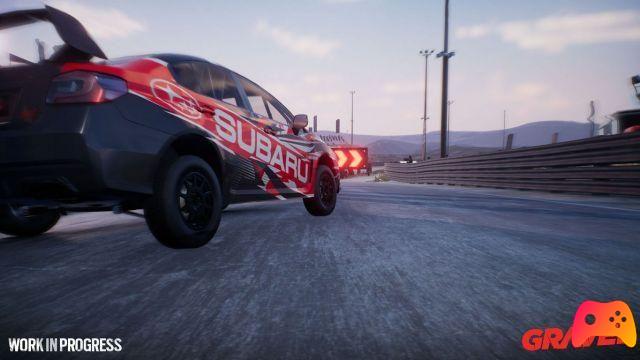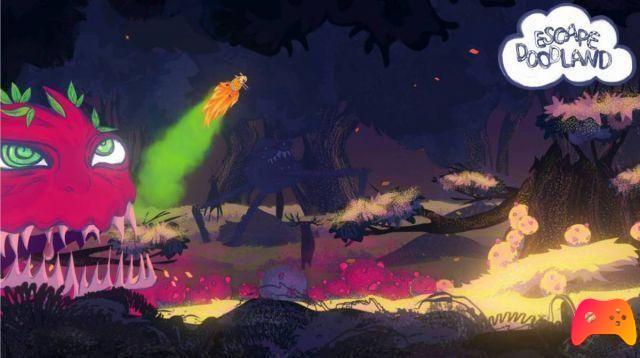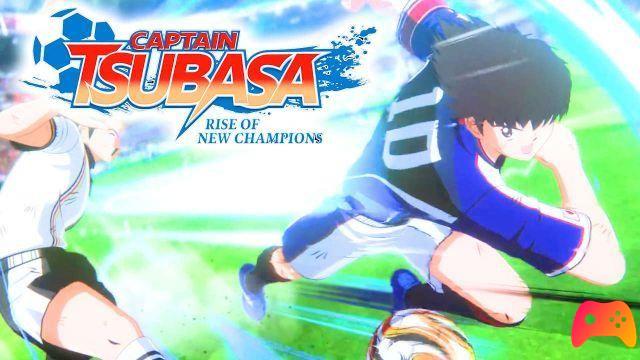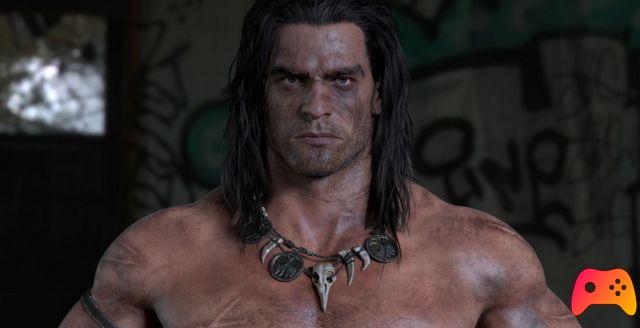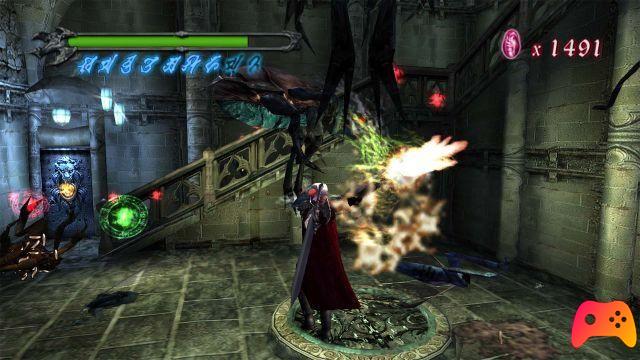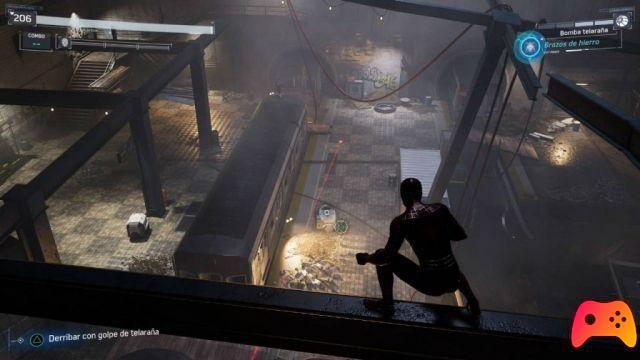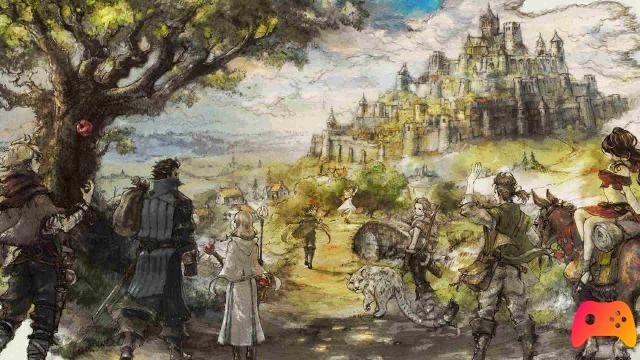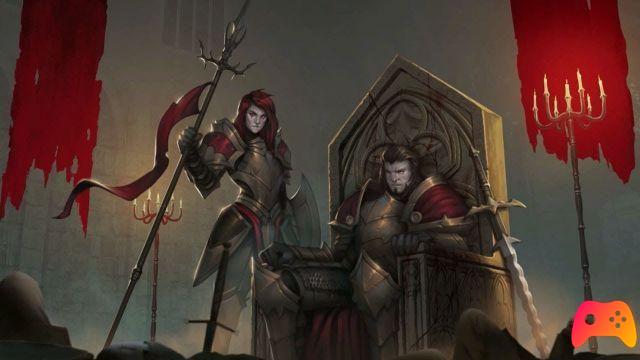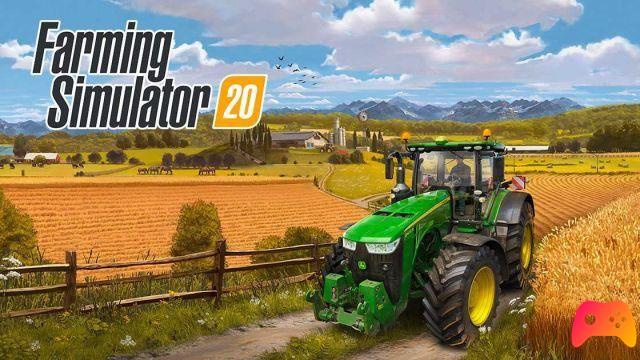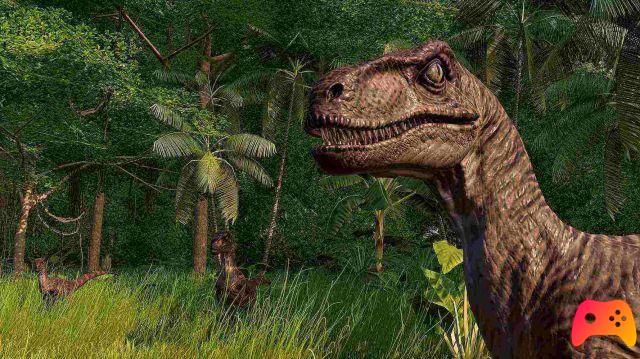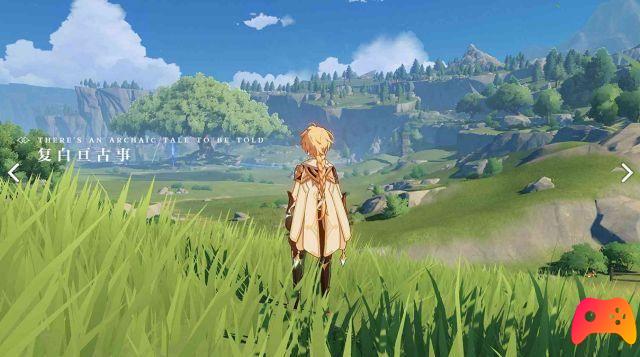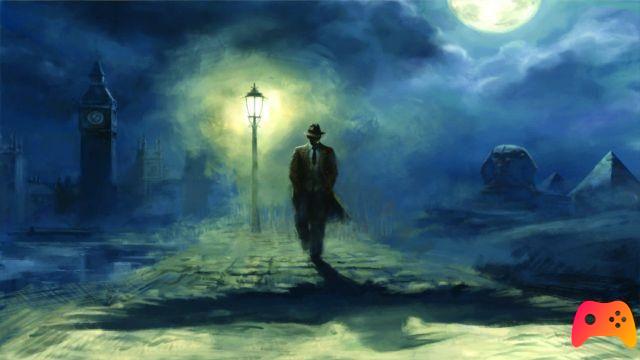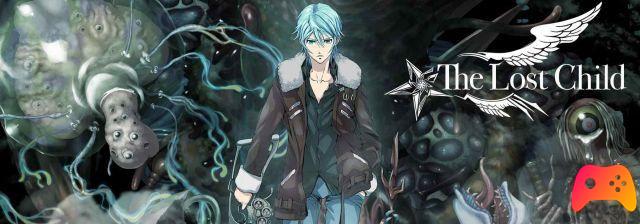
Review for The Lost Child. Game for Nintendo Switch, PlayStation 4 and PlayStation Vita, the video game was released on 24/08/2017 The version for Nintendo Switch came out on 19/06/2018
In 2011 El Shaddai: Ascension of the Metatron debuted, a very interesting action inspired by the (apocryphal) Book of Enoch. Seven years later he arrives The Lost Child, a spin-off centered around a new protagonist, but containing Enoch and Lucifel. The game isn't the work of Ignition, which hasn't existed since 2012, but the new development team includes Sawaki Takeyasu, director and character design of El Shaddai.
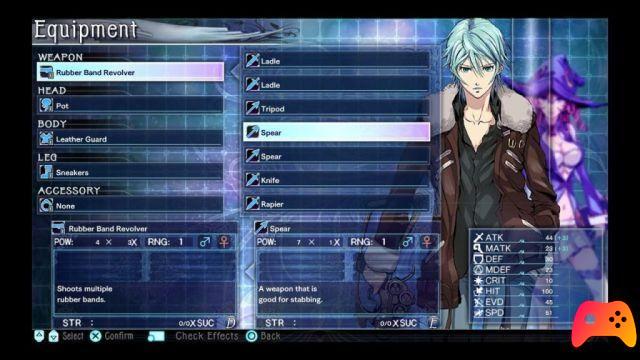
Despite this connection, The Lost Child at first glance could be more likely compared to Shin Megami Tensei, being a JRPG Monster taming-centric first-person dungeon crawler with casual encounters and turn-based battle systems. Even the plot and setting could make us think of yet another spin-off of the ATLUS series: Hayato is a Tokyo journalist who deals with occultism on behalf of LOST magazine; almost immediately ours is joined by the angel Lua, who has been commissioned by the Archangel Michael (we have the usual mixture of various pantheons, including the Lovecraftian one) to assist the chosen one, but who is also moved by the desire to find his sister Belucia .
As chosen, the protagonist has some fundamental powers, including that of capturing, enhancing, evolving and deploying the demons he encounters in battle while exploring the dungeons: this happens thanks to the joint use of Gangour, a kind of gun monster-catcher, and a tablet run by Lua. Right in the opening bars, the player will be provided with Enoch as a demon to use in combat (you see it in the image below).
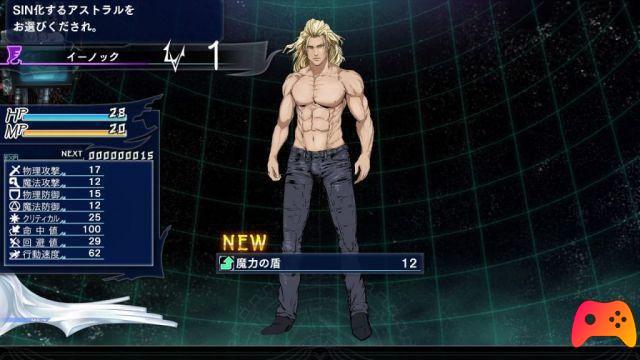
Net of this peculiarity - which is not so peculiar, as we have already said - the gameplay is pretty classic. The exploration takes place through menus for what concerns the city and in first person in the multilayer dungeons (called layers) scattered in the various neighborhoods, each of which is characterized by a gimmick (for example, lava or water) and hides an obelisk responsible for the transmigration of souls: our goal is to reach it and defeat its guardian.
The level design is intricate but always intelligible, by virtue of both the map (which completes itself at every push and can be recalled at any time or even fixed at the top right) as well as the planimetry, developed in order to facilitate the crossings following the first: at the end of each floor you will find a door to unlock or other mechanisms (for example, miner's carts) which are very convenient shortcuts; add to this the auto-pilot option for a result as less frustrating as possible - the aforementioned random encounters still remain, even if it must be recognized that the encounter rate is not excessively pressing.
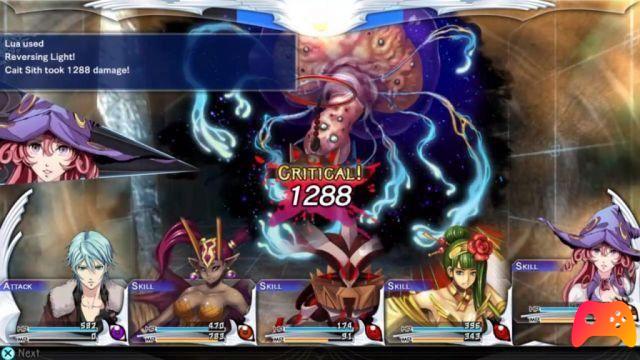
Battles take place in strict turns and allow the player to field Hayato, Lua and three demons in the party (as you can see in the image above), which thus includes up to five "owners" plus five monsters on the bench, also switchable during the fight. Each mob is characterized by an element - according to this prevalence scheme: wind, electricity, water, fire and grass - and can be captured, to be then purified by spending Karma points, which are accumulated mostly by winning battles and answering the questions of your choice. multiple.
The only drawback is one somewhat cumbersome handling of demons and objects, which requires not a very short stay in the menus: on their death, in fact, the creatures must be purified again and placed in the team, extending the navigation time between menus that are not always very comfortable. In addition, they do not level up with experience points like Hayato and Lua, but with Karma points, always to be distributed via the menu. Finally, it should be noted that in the more advanced stages of the game, when you begin to accumulate dozens of demons, everything can become more chaotic, although obviously there are useful accommodation criteria (such as the level of the monster).
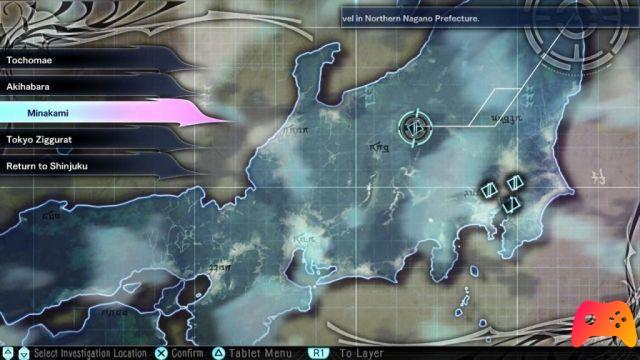
Longevity, being a dungeon crawler, is guaranteed: in addition to the numerous layers - in turn made up of multiple floors - to be faced to reach the end credits, The Lost Child also puts on the plate the optional R'lyeh Road dungeon, equipped of online functionality (lottery of monsters, memorization of one's own and others' parties) and ninety-nine floors. Added to this are the secondary missions, presented in the form of investigations. Their development is actually quite simple: it is mostly a question of talking to all the people present in a place, collecting addresses that will lead to a dungeon already visited, to find something or solve a mystery.
As we have seen, Kadokawa Games' playful offering is quite solid. The only really poor sector of The Last Child is the technical one, without any major surprises, considering the genre they belong to and therefore the very low budget. What is certain is that more could have been done, at least in quantitative terms, in order to avoid the recycling of mobs and NPCs.
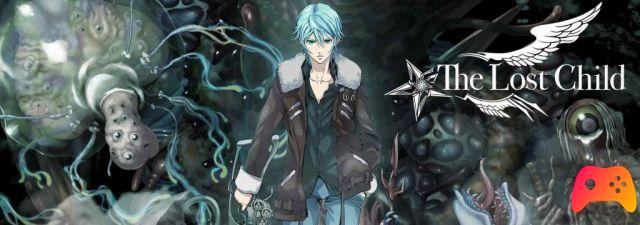
The Lost Child is a well-thought-out dungeon crawler that uses well-established mechanics and implements them intelligently. The downside is given by a not very marked identity, which easily reveals his sources of inspiration, Shin Megami Tensei above all.
► The Lost Child is a JRPG type game developed by Kadokawa Games and published by NIS America for Nintendo Switch, PlayStation 4 and PlayStation Vita, the video game was released on 24/08/2017 The version for Nintendo Switch came out on 19/06/2018




